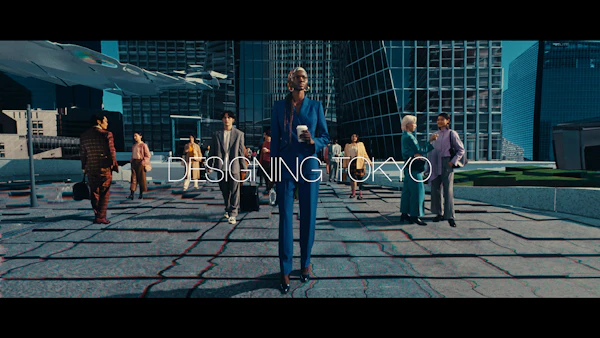[ Mori Art Museum ] Medicine and Art: Imagining a Future for Life and Love -Da Vinci, Okyo, Damien Hirst
28 november (Sat), 2009 - 28 February (Sun), 2010 MORI ART MUSEUM
Since time immemorial, people have sought to understand the mechanisms of the human body. On the basis of their discoveries in medicine and science, people have attempted to counter the effects of disease and injury and to resist death, seeking ultimately the secret of longevity. The history of medicine is the sum of all such scientific explorations into the nature of the human body. Likewise, attempts to create depictions of beauty have also been repeated in history. The human body, in fact, has always been held up as a place to embody the ideal form of beauty, and people have never tired of its depiction.
In this way, the body can be seen as the meeting point, or the point of departure for journeys into the two very different worlds of medicine and art. The scientist/artist who obviously stood most prominently at this intersection was Leonardo da Vinci. He left us not only stunningly accurate anatomical drawings, but also the Mona Lisa. Developments in science and technology have been essential to the advancement of medicine in the past, and these days too, medicine is advancing with developments in molecular biology. We are now able to explain the mechanism of DNA and shed new light on the question of what a living organism is.
This exhibition brings together roughly 150 important medical artifacts from the Wellcome Collection in London, historical art works as well as about 30 works of contemporary art. It is a unique attempt to reconsider the fundamental question of the meaning of life and death from the parallel, yet rarely compared perspectives of medicine and art, or science and beauty. Also, three anatomical drawings by Leonardo da Vinci from The Royal Collection will be on display for the first time.
Ms.Tamura, Mr.Watanabe Public Relations, Mori Art Museum
TEL:+81-3-6406-6111
FAX:+81-3-6406-9351
E-mail:pr@mori.art.museum


